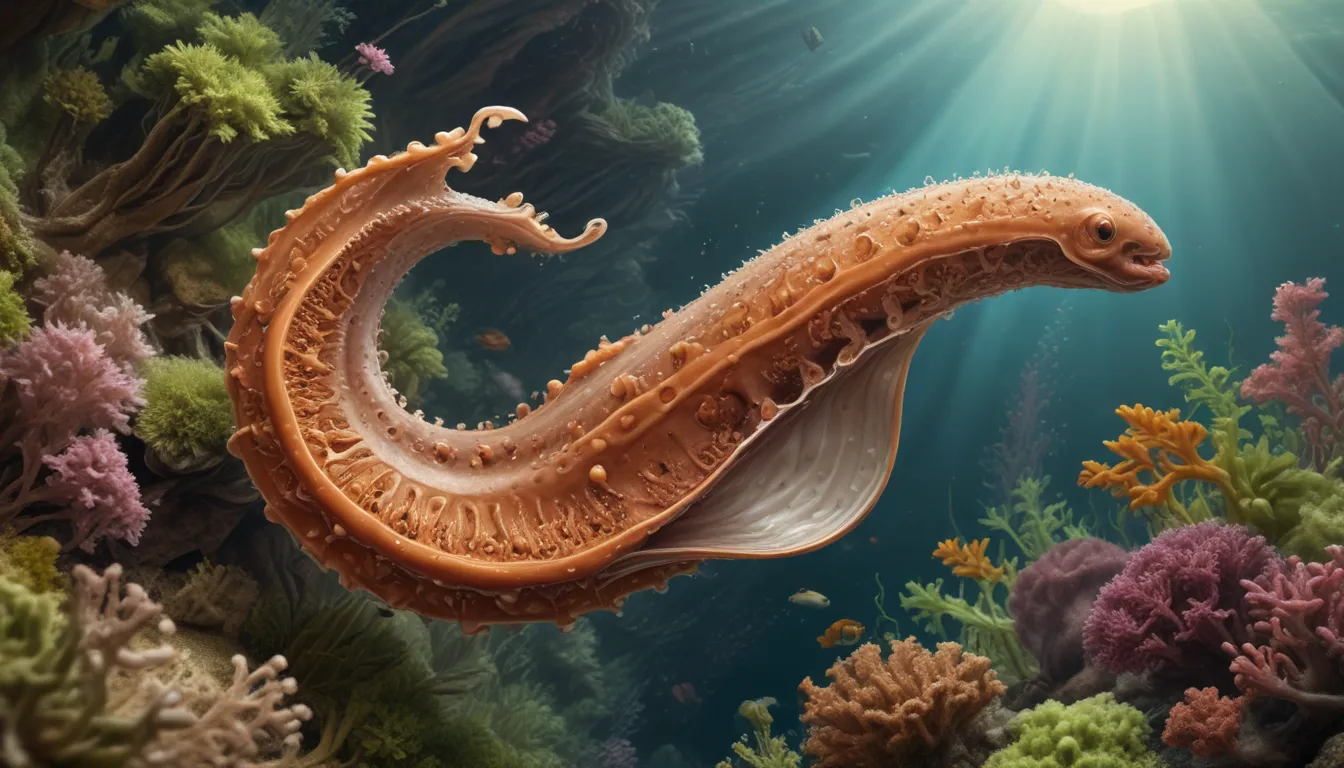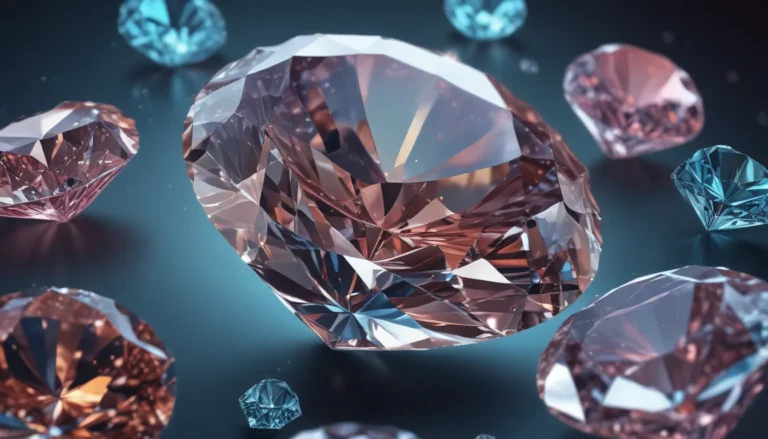A Note About Images: The images used in our articles are for illustration purposes only and may not exactly match the content. They are meant to engage readers, but the text should be relied upon for accurate information.
Welcome to the captivating world of planaria, where extraordinary creatures with remarkable regenerative abilities have piqued the interest of scientists and nature enthusiasts alike. These flatworms, known for their unique triangular head and photophobic behavior, thrive in freshwater environments and play a crucial role in scientific research. Join us on a journey as we explore 11 intriguing facts about planaria, shedding light on their regenerative powers, diverse habitats, and significance in scientific studies.
Discovering the Enigmatic Planaria
Planaria, belonging to the phylum Platyhelminthes, are masters of regeneration, with the ability to regrow complete organisms from minuscule body fragments. Their exceptional regenerative capabilities have made them valuable subjects for scientific research, providing insights into tissue regeneration and stem cell biology.
Unveiling the Unique Characteristics of Planaria
1. Masters of Regeneration
Planaria possess an extraordinary ability to regenerate from tiny body fragments. Even when cut into multiple pieces, each section can grow into a fully functional new worm, showcasing their unparalleled regenerative prowess.
2. Triangular Head with Eyespots
Characterized by a distinct triangular head, planaria have eyespots that enable them to detect changes in light intensity. This unique feature contributes to their photophobic behavior, leading them to seek darker environments.
3. Unique Feeding Behavior
Using their muscular pharynx, planaria feed on smaller organisms such as protozoa and tiny crustaceans. Their feeding process involves extending their pharynx through their mouth, allowing them to engulf their prey efficiently.
Exploring the Habitat and Behavior of Planaria
4. Thriving in Freshwater Environments
Planaria predominantly inhabit freshwater bodies like ponds, streams, and rivers. Their adaptability to various temperatures and water conditions enables them to thrive in diverse aquatic habitats.
5. Decentralized Nervous System
Unlike more complex organisms, planaria have a decentralized nervous system, with nerve cells distributed throughout their body. This unique feature contributes to their regenerative and behavioral capabilities.
6. Asexual Reproduction
In addition to regeneration, planaria can reproduce asexually through fission, where the worm splits into two entities, each regenerating missing body parts to become independent organisms.
Delving Deeper into the Biology of Planaria
7. Phototactic Behavior
Planaria exhibit phototactic behavior, naturally responding to light. Their light-sensitive eyespots help them navigate their environment, leading them to avoid brightly lit areas and seek shelter.
8. Simple Digestive System
Planaria have a straightforward digestive system consisting of a mouth, pharynx, and gastrovascular cavity. This uncomplicated system allows them to consume and digest prey efficiently.
9. Hermaphroditic Nature
As hermaphroditic organisms, planaria possess both male and female reproductive organs, enabling them to engage in cross-fertilization. During reproduction, two planaria exchange sperm, fertilizing each other’s eggs to produce offspring.
The Role of Planaria in Education and Research
10. Educational Value
Due to their unique characteristics and ease of maintenance, planaria are popular organisms for educational demonstrations and experiments in biology classes. They provide valuable insights into regeneration, behavior, and basic biological concepts.
11. Scientific Relevance
Planaria play a critical role in scientific research, offering a model for studying tissue regeneration and stem cell biology. Their relatively simple anatomy and extraordinary regenerative abilities make them valuable subjects for exploring fundamental biological processes.
Conclusion: Embracing the Wonders of Planaria
In conclusion, planaria captivate us with their exceptional regenerative abilities, intriguing behaviors, and fascinating biology. As we unravel the mysteries of these remarkable flatworms, we gain valuable insights into regeneration, stem cell biology, and evolutionary history. The study of planaria not only enhances our understanding of fundamental biological processes but also holds promise for advancements in regenerative medicine and biotechnology. With ongoing research illuminating their intricate biology, planaria remain a captivating subject of scientific inquiry, inspiring curiosity and exploration.
FAQs
-
What makes planaria unique?
“Planaria are unique due to their exceptional regenerative abilities, allowing them to regenerate complete organisms from tiny body fragments. This remarkable trait has made them a valuable model for studying regeneration and stem cell biology.” -
Where can planaria be found in the wild?
“Planaria are commonly found in freshwater environments, such as ponds, streams, and rivers, where they thrive in moist habitats. They are often found in the vicinity of decaying organic matter, which serves as a food source for these fascinating flatworms.”
Join Us in Exploring the Natural Wonders of Planaria
Our commitment to delivering trustworthy and engaging content ensures that each fact on planaria is contributed by real users like you. With a dedication to upholding the highest standards of accuracy and reliability, our editors meticulously review each submission, guaranteeing that the information we share is not only fascinating but also credible. Trust in our commitment to quality and authenticity as you embark on a journey to explore the mysteries of planaria and revel in the wonders of the natural world.






